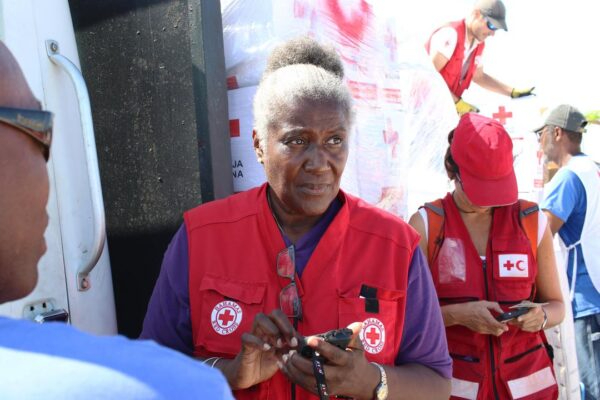SONATAnotes
Sonata Notes: Is Remote Work Good for Diversity?

Ask any CEO or HR director today about their priorities, and they’re bound to list remote work and diversity, equity and inclusion (DE&I) among the top five. And while these might seem like unrelated issues, multiple studies have found a surprising correlation between DE&I and virtual work. For instance:
So, does this mean we are headed for a more diverse, inclusive and virtual post-pandemic workplace?
Well… not necessarily.
While remote work has been shown to mitigate certain biases and barriers for underrepresented groups, virtual workers face barriers and biases of their own.
78% of remote workers surveyed said they have faced resentment from colleagues who work on site. And a joint study by the Universities of California and North Carolina found managers are more than twice as likely to give positive evaluations to people they see in person (particularly in “extracurricular” contexts such as the break room or parking lot) as someone they interact with remotely, regardless of actual performance. And since women and members of underrepresented groups are more likely to work remotely, this “proximity bias” can amplify identity-related biases.
Yet, despite the downsides, 47% of non-white workers and 48% of women said they would quit a job that did not offer remote work, compared to just 39% of white men. This implies that organizations who fail to ensure equitable treatment and opportunities for remote workers will gradually become less diverse.
So, how can organizations better support DE&I in their remote work policies? A few strategies include:
And these are just a few suggestions. If you take time to study the research and best practices around both issues, you will find that what’s good for virtual work is usually good for diversity, and vice versa.

Emil Heidkamp is the founder and senior learning strategist at Sonata Learning. He works with NGOs, corporations and government agencies to implement training and knowledge management initiatives impacting thousands of learners in over 50 countries.





